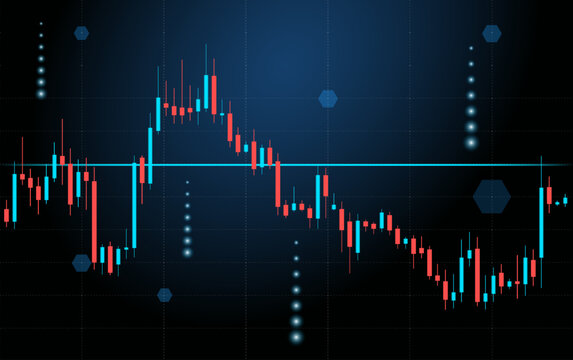Share the post "Shareholding Pattern: Shareholding Pattern Ttk Healthcare FY(Q2-Sep 2024-2025)"
Ttk Healthcare has released its latest shareholding reports, covering the Second quarter and the fiscal year ending on (Q2-Sep 2024-2025).This detailed report examines who owns shares, including Promoters, promoter groups, Foreign investors, public investors, and government entities.
| Shareholder Name |
Previous Quater Quantity(In Crores) |
Current Quater Quantity(In Crores) |
Previous Quater Shares(in %) |
Current Quater Shares(in %) |
Quater to Quater Difference |
| Promoters |
1.05 |
1.05 |
74.56 |
74.56 |
0 |
| Public |
0.36 |
0.36 |
22.43 |
22.4 |
-0.03 % |
| DII
|
0.02 |
0.02 |
1.14 |
1.14 |
0 |
| FII
|
0.03 |
0.03 |
1.87 |
1.9 |
+0.03 % |
| Government
|
0 |
0 |
0 |
0 |
0 |
Promoters shareholding remained stable, at 74.56% in both June 2024 and September 2024. This indicates that the promoters’ control over the company did not change during this period. The percentage of shares held by the public decreased from 22.43% in June 2024 to 22.4% in September 2024.This reduction indicates that the public’s stake in the company diminished during this period.DIIs (Domestic Institutional Investors) shareholding remained unchanged at 1.14% from June 2024 to September 2024. This indicates that domestic institutions maintained their investment level in the company. FIIs (Foreign Institutional Investors): There was a significant increase from 1.87% in June 2024 to 1.9% in September 2024. This suggests that foreign institutions grew their investments 0.03 in the company during the quarter.
Let’s look into the statistics of the investors, which could have contributed to the fluctuations in the shareholding pattern.
| Shareholder Name |
Previous Quarter Quantity (In Crores) |
Current Quarter Quantity (In Crores) |
Previous Quater Shares (in %) |
Current Quater Shares (in %) |
Quater-to-Quater Difference (%) |
| Investor Education and Protection Fund |
0.015 |
0.015 |
1.03 |
1.07 |
+ 0.04 % |
| Resident Individuals holding nominal share capital up to Rs. 2 lakhs |
0.209 |
0.183 |
14.77 |
12.98 |
-1.79 % |
| Non Resident Indians (NRIs) |
0.018 |
0.020 |
1.3 |
1.4 |
+ 0.1 % |
| Bodies Corporate |
0.029 |
0.052 |
2.07 |
3.67 |
+ 1.6 % |
| UNO METALS LTD |
0 |
0.022 |
0 |
1.59 |
+1.59% |
Leading the way to higher stakeholding, Investor Education and Protection Fund has significantly boosted stakeholding by an impressive 0.04 %.Observations show a significant difference of -1.79 % in Resident Individuals holding nominal share capital up to Rs. 2 lakhs’s financial performance between quarters.Leading the way to higher stakeholding, Non Resident Indians (NRIs) has significantly boosted stakeholding by an impressive 0.1 %.Leading the way to higher stakeholding, Bodies Corporate has significantly boosted stakeholding by an impressive 1.6 %.UNO METALS LTD had no shares in the previous quarter but now holds 1.59% of shares in the current quarter.
| Shareholder Name |
Previous Quarter Quantity (In Crores) |
Current Quarter Quantity (In Crores) |
Previous Quater Shares (in %) |
Current Quater Shares (in %) |
Quater-to-Quater Difference (%) |
| Any Other(Institutions (Foreign)) |
0.026 |
0.027 |
1.87 |
1.9 |
+ 0.03 % |
| Foreign Institutional Investors |
0.026 |
0.027 |
1.87 |
1.9 |
+ 0.03 % |
During this past quarter, there was a noteworthy upswing in stakeholding for Any Other(Institutions (Foreign)), which experienced a significant increase of 0.03 % .During this past quarter, there was a noteworthy upswing in stakeholding for Foreign Institutional Investors, which experienced a significant increase of 0.03 % .
Abakkus Diversified Alpha Fund, these shareholders are the Anchor investors of current and previous quarter.
[my_shortcode1 values=”Ttk Healthcare”]

![[fetch_key]](https://stocktradeupdates.com/wp-content/uploads/new_logos/TTKHLTCARE.png)
![[fetch_key]](https://stocktradeupdates.com/wp-content/uploads/new_logos/ACTIVE.png)
![[fetch_key]](https://stocktradeupdates.com/wp-content/uploads/new_logos/SANSERA.png)
